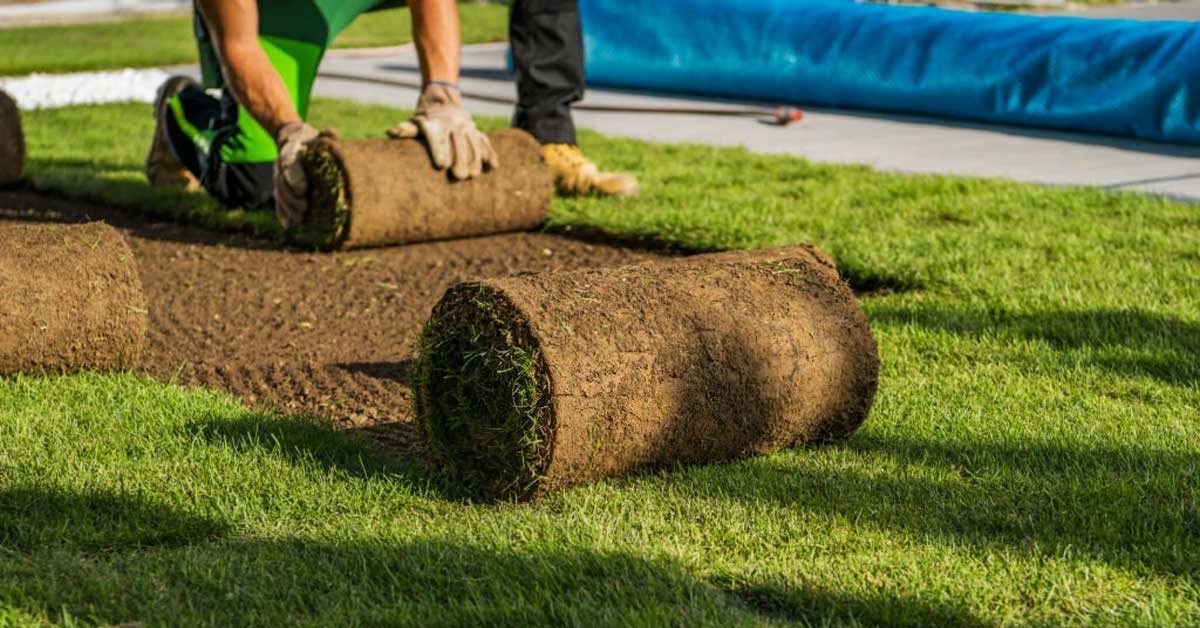In the realm of landscaping and sports facilities, the choice between artificial grass and natural grass is a pivotal decision that shapes the aesthetic, usability, and maintenance of a space. This comprehensive guide delves into the nuances of these two options, exploring their features, differences, advantages, and considerations. By the end of this exploration, you’ll be equipped with a profound understanding of which grass solution best aligns with your needs.
Defining Natural Grass: A Timeless Classic
Natural grass, often synonymous with beauty and tradition, graces landscapes, parks, and sports fields across the globe. It’s a living organism that requires consistent care to maintain its lush appearance and optimal performance. Its unique feel and natural scent create an inviting atmosphere that draws people to gather, play, and relax on its surface.
Exploring Artificial Grass: Nature Meets Technology
Artificial grass, on the other hand, is a product of technological advancement. Designed to replicate the appearance and feel of natural grass, it offers a range of advantages while reducing maintenance demands. Its synthetic fibers mimic the texture of natural blades, providing a comfortable surface for various activities. It has evolved to the point where it is difficult to distinguish from natural grass at first glance.
Distinct Features of Natural Grass
- Lush Aesthetic: The aesthetic appeal of natural grass is unmatched, providing a vibrant and soothing environment that harmonizes with nature. Its ever-changing shades of green offer a visual treat that transforms with the seasons.
- Environmental Benefits: Natural grass contributes to air purification, carbon dioxide absorption, and water conservation. It serves as a habitat for insects and small animals, enhancing biodiversity in urban settings.
- Cooling Effect: Natural grass helps mitigate the urban heat island effect, offering a cooler surface compared to hard surfaces. Its ability to absorb and release moisture helps maintain a comfortable temperature.
Characteristics of Artificial Grass
- Low Maintenance: Artificial grass requires minimal maintenance, sparing you the effort and resources needed to mow, fertilize, or water natural grass. Its synthetic nature eliminates the need for pesticides and herbicides.
- Durability: Artificial grass remains visually appealing regardless of weather conditions, sustaining its lush appearance throughout the year. It is designed to withstand heavy foot traffic and intensive use.
- Versatility: Artificial grass can be installed in various locations, including indoor spaces, rooftops, and challenging terrains. Its adaptability makes it a popular choice for unconventional landscaping ideas.

Comparing Usage Differences Between Natural and Artificial Grass
- Cost Differential: While the upfront cost of installing artificial grass might be higher, the long-term savings in maintenance costs make it an economical choice. It eliminates expenses related to irrigation, fertilization, and lawn care equipment.
- Maintenance Ease: Natural grass demands regular care, including mowing, watering, and pest control. Artificial grass alleviates these demands, allowing you to reclaim valuable time.
- Yellowing and Mud Issues: Natural grass can turn yellow due to weather conditions or high traffic. Artificial grass eliminates this issue and mud formation, ensuring a consistently green appearance.
- Lifespan: Natural grass requires ongoing care to maintain its lifespan, while artificial grass remains lush and intact for years. Properly maintained artificial grass can last a decade or more, providing enduring beauty.
- Fire-Resistance: Artificial grass is designed to be fire-resistant, offering a safety advantage in certain applications. It can help create defensible spaces around properties in fire-prone areas.
- Anti-Bacterial Properties: High-quality artificial grass often incorporates anti-bacterial features, promoting a healthier environment. This is particularly relevant in areas where hygiene is crucial.
- Water Consumption: Artificial grass conserves water, making it a sustainable choice in water-scarce regions. It eliminates the need for irrigation, reducing water usage and environmental impact.
Potential Downsides of Low-Quality Artificial Grass
Opting for inexpensive artificial grass can lead to issues such as poor drainage, wear and tear, and a less authentic appearance. Therefore, investing in quality artificial grass is essential for a satisfactory experience.
Conclusion
In conclusion, the choice between natural and artificial grass hinges on your priorities, budget, and environmental considerations. ReformSports.com stands as your partner in making this decision. With a commitment to delivering top-notch solutions, ReformSports.com transforms landscapes into exceptional spaces that reflect your vision and values.
From eco-friendly options to premium-grade artificial grass, your journey to enhanced aesthetics and functionality begins here. Embrace excellence with ReformSports.com and elevate your space into a haven of beauty and practicality. Discover the perfect balance between nature and technology, where your landscape becomes a canvas of enduring beauty and minimal maintenance.
Frequently Asked Questions
Lifespan of Artificial Grass
Artificial grass can last up to 15-20 years, depending on quality and usage. Proper installation and maintenance play a significant role in its longevity.
Watering Artificial Grass
Artificial grass does not require watering, unlike natural grass. This water-saving feature makes it an attractive option for regions facing water scarcity.
Most Durable Grass
High-quality artificial grass is renowned for its durability. It is designed to withstand heavy use and extreme weather conditions without sacrificing its appearance.
Recognizing Grass Quality
Assess grass density, texture, and manufacturer reputation to gauge quality. High-quality artificial grass closely resembles natural grass in both appearance and feel.

